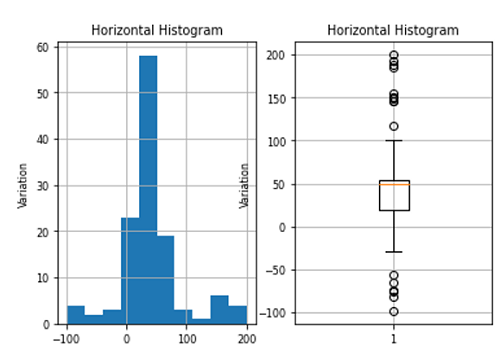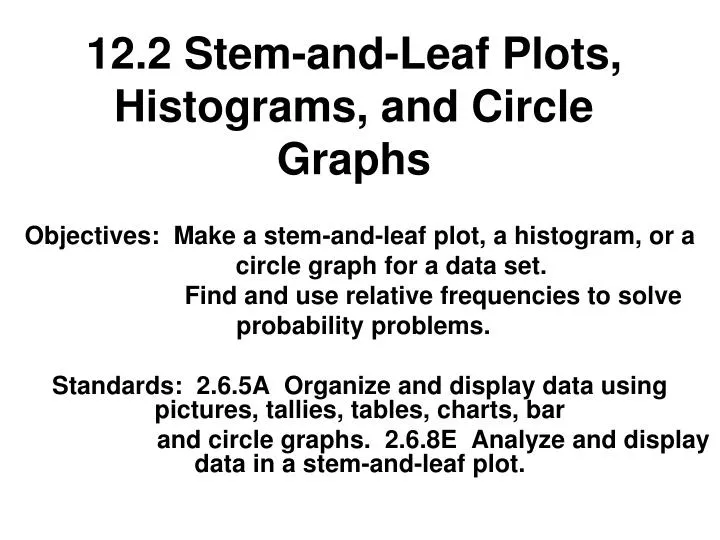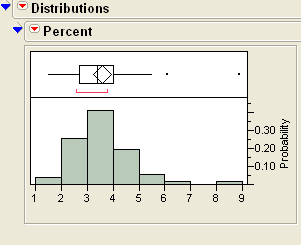

Yes, just follow the same process, with the negative numbers being the first ones when ordering the data.The stem and leaf diagram is an old stand-by that has largely been abandoned in social science as it morphed into the histogram. Can I use a stem and leaf plot with negative numbers? The stem and leaf plot uses the actual data values in the graphic, while the histogram represents the data as vertical bars. What is the difference between a histogram and a stem and leaf plot? The stem is usually the first digit in the data, and the leaves are the subsequent digits. It is used to display quantitative data in a simple graphical format. The stem and leaf plot offers information similar to that conveyed by a histogram, and easily can be constructed without a computer.įrequently Asked Questions (FAQ) about a stem and leaf plot 1.The data is arranged compactly since the stem is not repeated in multiple data points.The values of each individual data point can be recovered from the plot.The plot can be constructed quickly using pencil and paper.The stem and leaf plot essentially provides the same information as a histogram, with the following added benefits:



The BB also did a histogram for comparative purposes.
Stem plot vs histogram how to#
There are four simple steps to constructing a stem and leaf plot.Īssuming we have the following data, here is how to construct the stem and leaf plot: 15, 23, 12, 32, 47 and 54. The look of the stem and leaf plot is similar to what you would see in a histogram except, in the leaf and stem plot, you use the actual numbers rather than a bar to represent the data. The stem and leaf plot takes your numerical data and breaks it into a base number called the stem, and subsequent values called the leaf, or leaves. The stem and leaf plot uses your data to form an easy to visualize graphic. While you can do that with statistical calculations ( mean, standard deviation, normal distribution ), you can also do it with a graphic of your data. They are the center, spread, shape and outliers. To fully understand your data, there are four characteristics you should use to describe it.


 0 kommentar(er)
0 kommentar(er)
